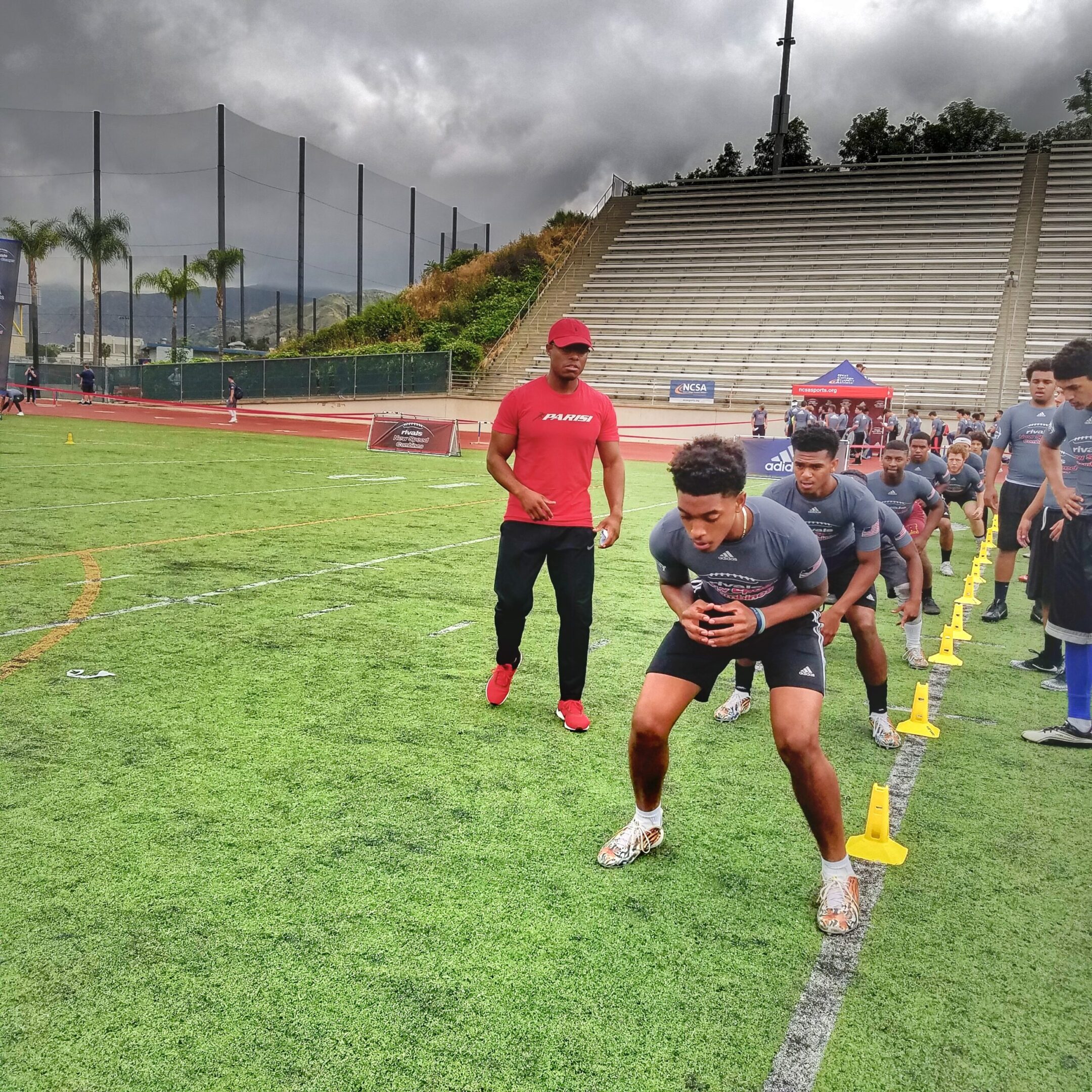
The Future of Fantasy Football is Based on Reality
The Future of Fantasy Football is Based on Reality
If you have been out at a Sports Pub over the last month, you have likely come across a group of Fantasy Football players getting together to start their new season. Players are drafted, beers are had, trash is talked, and analytics are embraced… and while to many of you, this is not new…
(Note: I am not a Fantasy Football participant)Â
…still, I marvel at what goes on during these gatherings, in large part because these conversations are the long tail of what we do at Zybek Sports when we objectively measure the performance athletes.
If you aren’t aware, Zybek Sports has been used to time the 40-yd dash at the NFL Scouting Combine for the last 7 years. Beyond that, we have tested hundreds of thousands of prep athletes across sports like softball, baseball, volleyball, lacrosse, and basketball – including a stretch this past year where we tested over 10,000 athletes in conjunction with Rivals.com and Adidas in a span of 11 weeks. So, if it’s numbers and statistics you want, well, we have got a whole lot of them!

Fantasy Football has had a major impact in the popularity of the NFL Combine each year in Indianapolis as participants in these Fantasy Leagues look to get every edge on the potential of every player they can. This is really no different than what coaches do at the High School level, recruiters do at the College level, and Scouts do for NFL teams – everyone wants as much data as they can get to make the best decisions possible on the future performance of an athlete.
However, do these combine numbers give any reliable insight into future performance?
Well, my answer is a resounding, “YES!†(but that answer comes with some caveats.)
First, if you are a football fan, you know the names of Dri Archer and John Ross – both hold the two fastest fully automated electronic times we have measured in the 40-yd dash – and yes, speed is an asset that is valued in the NFL (and therefore in Fantasy Football.) But just because they ran the fastest doesn’t mean they will make it to the NFL Hall of Fame years down the road… what it does mean is they have some of the athletic tools needed to do succeed.
So why do these combine numbers matter if they don’t guarantee success?
Take a position like a Defensive Lineman. If a DL at the NFL Combine is not capable of running under 7.3 seconds in the 3-Cone Drill, he might as well kiss his chances good-bye at being in the top 10 in sacks. Now this does not mean that if you run under a 6.8 (like Joey Bosa) you will lead the league in sacks – it just means that you need to have this level of athleticism to even have a chance. This is no different than a wide receiver who can run a 4.3 40-yd dash… if you run a 4.7 it is unlikely you will be a top receiver (or even get drafted); and if you run a 4.3, it doesn’t mean you’ll become the best, it just means you have the tools to be.
And isn’t that what we all want to know, “Does that athlete have a chance to be great?â€
In recent years Combine Testing has been getting younger and younger and we are testing athletes over the course of many years as they develop and mature. Â If recruiters want to get an edge, they will soon be able to look at the longitudinal performance numbers of a currently successful player, and then look for others with the same numbers as that player when they were developing. All these signals point towards recruiting taking place at an earlier age before athletes are being hounded by every other big name college across the country.
So how does this affect Fantasy Sports?
While this may never happen, I can see a future where Fantasy Sports follow the same pattern as Combine Testing. Leagues springing up where participants play the role of a virtual GM, or scout, who builds some team years in advance – leagues where the earlier you find talent, the less the player costs you and the greater the reward. As I said eariler, this may never happen – but soon enough, the data will exist to allow this by telling you who might be the next skillful player, when, and why.
Don’t believe me?
The future is here now Fantasy Players– and the numbers can already show the correlation between the current stars and the combine numbers they recorded at the NFL Combine – so just wait until the numbers are able to demonstrate that same correlation between a 13-year-old athlete and their performance as a professional… until then, enjoy your Fantasy League and see more on the topic of Combine Testing on the following links:
The Numbers Inside the Numbers at Combines
From Combine to First Round Pick
How a Tech Company Can Influence the NFL Draft
~Zybek Sports

